Maiden Voyage to the East Indies
Batavia left Texel, Holland on her inaugural voyage to the alien East Indies as the flagship of the Dutch East India Company ( Vereenigde Oostindische Compagnie or VOC ) fleet of 1629. She was commanded by one of the VOC ‘s most have merchants, Francisco Pelsaert, but not even he could have envision what was in storehouse for the Batavia and her crew .
In a fleet of seven other ships, Batavia started her journey to the East Indies with a precious cargo. On board she carried :
- Silver coins
- Two antiquities belonging to the artist Rubens for sale to an Indian Mogul ruler
- Pre-fabricated sandstone blocks for a portico to be erected as a gatehouse in the city of Batavia – the new headquarters of the VOC in the East Indies.
formally, Batavia carried 341 people on board, but a few last-minute desertions were noted. Of those who actually embarked, slenderly more than two-thirds were the officers and men sailing the ship. The remaining number was made up of approximately one hundred soldiers and, by far the smallest group, civilian passengers bound for the East Indies. Some of these passengers were women and children – wives of VOC employees or servants .
The travel had an ill beginning. A crimson storm on the North Sea separated most of the ships in the convoy, and when calm weather returned lone three of the seven ships had sight of each other ; Batavia, Assendelft, and the Buren.
A Turning Point at the Cape of Good Hope
Their ocean trip progressed well and the reduce convoy reached the Cape of Good Hope, at the southern peak of Africa, a full calendar month ahead of schedule. It was during this stopover that tensions arose between Pelsaert and the embark ’ second captain hadrian Jacobsz, whose bibulous behavior forced a very public scolding from Pelsaert .
From the Cape of Good Hope, the three ships were to “ advancement eastwards between 36° south and 39° south to 3,500 miles, then steer northeast until 30° latitude south, and you sight Eendracht ’ second state before sailing on to Java ”. This plan, however, was ephemeral. soon after leaving the Cape, the ships lost sight of each other, and Batavia sailed alone .
During the indian Ocean cross, Pelsaert fell seriously ill. He was forced to remain by and large in his cabin, and this had a damaging effect on the embark ’ s discipline. Under-merchant Jeronimus Cornelisz, the one-third most crucial person on circuit board Batavia, was on friendly terms with Jacobsz – a black pair .
The Philosophies of Cornelisz
Cornelisz was a curious character. He was a follower of painter Torrentius ( Johannes Symonsz vanguard five hundred Beeck ) who believed that “ All religions restrict pleasure. In doing so they are contrary to the will of God, who put us on worldly concern that we might, during our abbreviated universe, enjoy without hindrance everything that might give us pleasure. ” This was not a popular view in seventeenth Century Holland and Torrentius was tortured for his belief and exiled to England .
Tensions continued to rise on board Batavia. The potent mix of many men and relatively few women living together without a tauten hand of see lead to an despicable incident .
27-year-old Lucretia Jansz, wife of Boudewijn van five hundred Mijlen, was on her way to Batavia to be with her husband. Her social stand entail that she had her own small cabin, and she was accompanied by her maid. She had been forced to spurn the advances of Jacobsz on several occassions, and he resented her because of it .
In mid-ocean Lucretia Jansz was assaulted in the dark by a group of men. She was forced to “ hang overboard by her feet ” and the men proceeded to “ indecently maltreat her torso ”. She subsequently claimed to have recognised the voice of Jan Evertsz, a man devoted to Jacobsz .
It has been argued that the incident was all partially of a distinguished design to provoke Pelsaert into punishing the culprits, which in go would trigger mutiny. It is, however, indecipherable if the events were that well planned ( there was, after all, a batch of money on control panel, and that could have provided motif ) .
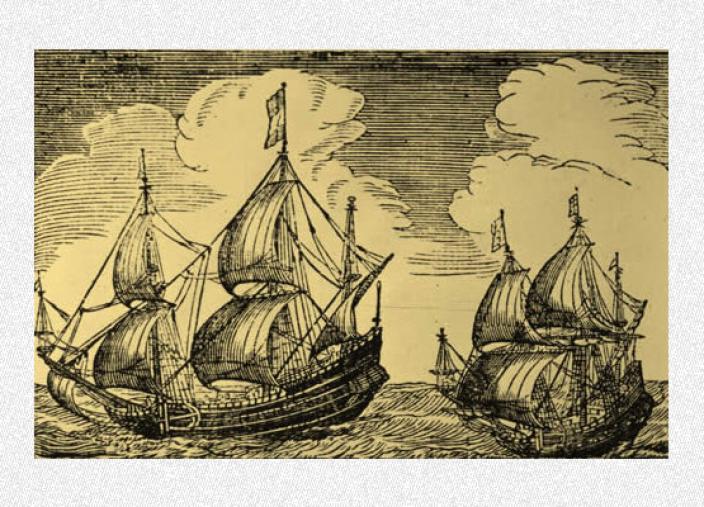
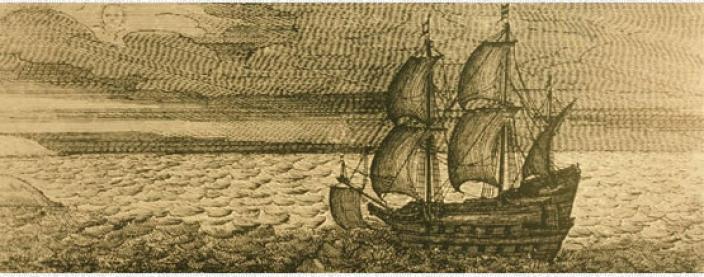
Shipwreck at the Abrolhos
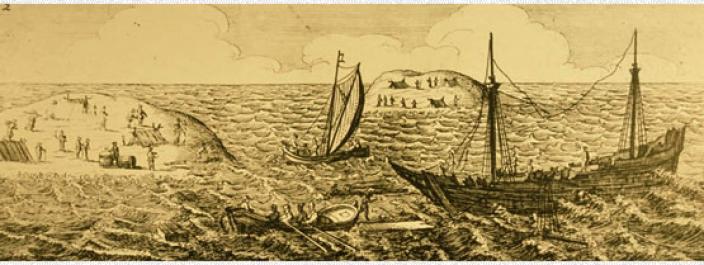
On the morning of the fourth of June 1629, Batavia was wrecked on Morning Reef, on the Houtman Abrolhos ( Lat. 28º 29.422S, Long. 113 º 47.603E ). She was the first gear Dutch ship to be lost off the west coast of Australia. Pelsaert recorded the shipwreck in his journal :
FOURTH of JUNE, being Monday dawn, on the 2 day of Whitsuntide, with a clear full lunar month ( 2 ) about 2 hours before dawn during the watch of the skipper ( Ariaen Jacobsz ), I was lying in my bunk bed feel ill and felt on the spur of the moment, with a roughly atrocious motion, the demote of the ship ‘s rudder, and immediately after that I felt the ship held up in her course against the rocks, so that I fell out of my bunk. Whereon I ran up and discovered that all the sails were in Top, the wind South west, that during the night the course had been union east by North, and that lay correctly in the middle of a chummy spray. Round the ship there was alone a small browse, but concisely after that heard the Sea breaking hard round off about. I said, “ Skipper, what have you done that through your heedless negligence you have run this noose round our necks ? ”
immediately following the bust up, 180 people – among them 30 women and children – were ferried off the ship. approximately 70 men remained on display panel, including Jeronimus Cornelisz .
The survivors landed on Beacon Island. Pelsaert, Jacobsz, and some 40 men made camp on Traitor ’ s Island. They had managed to rescue some provisions from the wreck, including barrels of biscuit and some body of water. Pelsaert recorded his business about drink urine in his daybook :
”At last, after having discussed it very well and weighed up that there was no hope of getting water out of the ship unless the ship should fall to pieces and it [water in barrels] should so float to land, or that there should be a good daily rain with which we could quench our thirst (but as these were all very uncertain means), resolved after long debating, as appears out of the resolution, (l4) that we should go in search of water on the islands most nearby or on the continent [vaste landt ] to keep them and us alive, and if we could find no water, that we should then sail with the boat without delay to Batavia, with God’s grace there to relate our sad, unheard of, disastrous happening.”
frankincense, Commander Pelsaert, all the senior officers ( except Cornelisz, who was inactive on the bust up ), and some crowd and passengers ( 48 people in all ) deserted 268 people scattered across two defect islands, whilst they went in search of water. This bootless search, however, was cursorily abandoned, and the group decided to make their manner to Batavia ( contemporary Jakarta ) to find help oneself. They took, in all, 33 days to get there .
Upon arrival in Java, Batavia ’ mho high boatswain was executed on Commander Pelsaert ‘s indictment for hideous demeanor before the personnel casualty of the ship. Jacobsz was arrested, again on Pelsaert ‘s son, for negligence .
Governor General Coen dispatched Pelsaert seven days by and by in the jacht Sardam to effect a rescue of Batavia ‘s survivors. With extraordinary bad luck, it took Pelsaert a foster 63 days to find the wreck site, about double the time it took the ship ‘s boat to get to Batavia .
Mutiny and Massacre
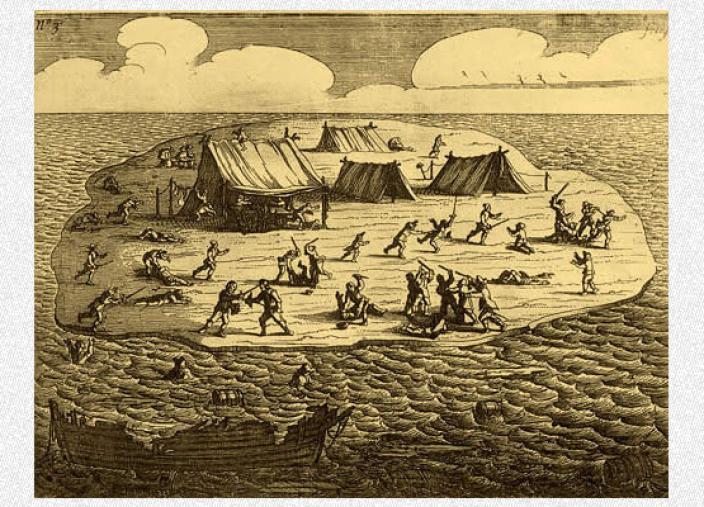
In the days following Pelsaert ’ second passing Batavia broke apart wholly, drowning 40 men with her. Those who survived, which included Cornelisz, made it by flotsam and flotsam to the coral shallows of Beacon and Traitor islands .
Pelsaert ‘s sudden deviation in their hour of need – or so they perceived it – had left the shipwreck survivors bitter and disquieted. This atmosphere of helplessness made it relatively easy for Cornelisz to assert himself over a group of approximately 40 men. His intentions were to seize any rescue embark that might appear and take off with it. If that failed, he planned to spend his life according to Torrentius ’ doctrine of seeking sensual pleasures .
In rate to squash any opposition to his desires, Cornelisz believed he had to eliminate all remaining survivors.
Read more: What is the Maritime Industry?
The Horror Begins
first, he tricked a party of cabin boys, men, and women, ( about 45 in phone number ) into believing that water could be found on Seals Island ( Long Island ). Upon landing here, the group found no water. Cornelisz was not expecting them to survive .
He then instructed a group of soldiers, under the command of Wiebbe Hayes, to explore the ‘ high islands ’ that could be seen on the horizon. Before they left, Cornelisz confiscated their arms. He did not expect them to return. After all, that was the guidance in which Pelsaert had gone, and he had never come back .
adjacent, he drowned a good many people by sending them out in boats on useless errands, where his accomplices would push them overboard. Having frankincense eliminated much likely enemy, Cornelisz set about organising the remaining survivors to be murdered, including women and children. He started with the ill and decrepit. A few of the women were to be kept alert, for obvious reasons. This included, not amazingly, Lucretia Jansz, whom Cornelisz claimed for himself .
Noticing that the group he had sent off to Seal Island had survived long than expected ( they could be seen wandering on the beach ), Cornelisz dispatched his henchmen to get rid of them, which they duly did .
The predicant ( preacher ), Gijsbert Bastiaenz, yield witness to all these atrocities without the courage or power to intervene. He himself had already lost his wife and all his children in the massacre ( save his eldest daughter, who was coveted by Conrad avant-garde Huyssen, one of Cornelisz ‘ conspirators ). Bastiaenz ended up being one of the few people to survive the Batavia ordeal. He described his experiences in a letter that still exists today .
A smoke sign was soon received from one of the ‘ high islands ’ ( now known as West Wallibi Island ). Clearly, Wiebbe Hayes and his soldiers had found water, which complicated matters for Cornelisz. first, it meant they had a means to survive. second, he was in risk of them warning any approaching rescue embark of his actions .
After a fail try to persuade Hayes and his men to join forces ( they had been forewarned by some Seal Island survivors of what had occurred since their deviation ) Cornelisz sent an fire storm to eliminate them. After all, Hayes and his men did not have any weapons .
When his men returned defeated, the angered Cornelisz took matters into his own hands. He travelled to the island to use his powers of opinion to lure the men into a deadly trap .
This is where Cornelisz met the end of his ghastly reign. He and five of his men were overpowered and tied up .
It was at this point that rescue appeared on the horizon .
Rescue and Punishment
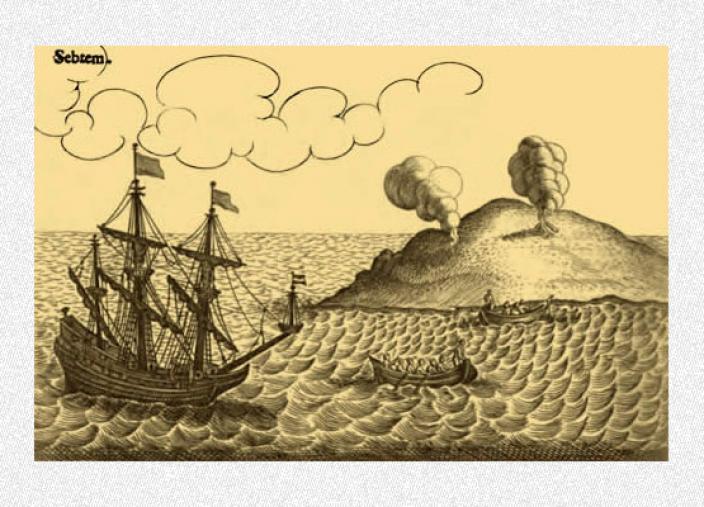
Pelsaert recorded his return to the Abrolhos Islands in his journal :
On 17 do. in the morning, with daybreak, lifted our anchor again, the wind North; were then about 2 miles from the High island, ran towards that for. (45) – Before noon, approaching the island, we saw smoke on a long island 2 miles West of the Wreck, also on another small island close by the Wreck, about which we were all very glad, hoping to find great numbers, or rather all people, alive. – Therefore, as soon as the anchor was dropped, I sailed with the boat to the highest island, which was nearest, taking with me a barrel of water, ditto bread, and a keg of wine; coming there, I saw no one, at which we wondered. I sprang ashore, and at the same time we saw a very small yawl with four Men rowing round the Northerly point; one of them, named Wiebbe Hayes, sprang ashore and ran towards me, calling from afar, ‘Welcome, but go back aboard immediately, for there is a party of scoundrels on the islands near the wreck, with two sloops, who have the intention to seize the Yacht.’
Wiebbe Hayes was able to further explain to Pelsaert what had happened, and that he was holding Cornelisz prisoner. Pelsaert punctually captured the remaining mutineers as they attempted to board Sardam, as Pelsaert described in his journal :
When they came over, we immediately took them prisoner, and we forthwith began to examine them, especially a certain Jan Hendricxsz from Bremen, (49), soldier, who immediately confessed that he had murdered and helped to murder 17 to 20 people, under the order of Jeronimus. I asked him the origin and circumstances of this, why had they practiced such cruelties. Said the he also wished to explain how it had been with him in the beginning, – saying, that the skipper [Ariaen Jacobsz] Jeronimus Cornelisz, the Highboatswain [Jan Evertsz] and still more others, had it in mind to seize the ship Batavia before it was wrecked; to kill the Commandeur [Pelsaert] and all people except 120 towards whom they were more favourably inclined, and to throw the dead overboard into the sea and then to go pirating with the ship.
After questioning Cornelisz, who blamed everyone but himself for all his despicable deeds, Pelsaert set out to capture the remaining mutineers. When they saw Pelsaert, they lay down their arms and ceased all electric resistance .
Pelsaert interrogated the mutineers and lento pieced together what had happened in his absence. The litany of crimes the mutineers had committed included, to Pelsaert ‘s repugnance :
- The murder of many of Batavia’s survivors,
- The rape of women,
- The looting of VOC property and private valuables belonging to passengers and crew, and
- Various other acts of treason and treachery.
Pelsaert recorded Cornelisz ‘ punishment in his daybook :
JERONIMUS CORNELISZ, of Haarlem, Apothecary, and late under Merchant of the ship Batavia, on Monday, being the first of October, as he has requested to be baptised, [shall be taken] to Seals Island, to a place made ready for it in order to exercise Justice, and there firstly to cut off both his hands, and after shall be punished on the Gallows with the Cord till Death shall follow, with confiscation of all his money, gold, Silver, monthly wages, and all claims which here in India he may have against the profits of the Gen. East India Company, our Lord Masters.
Following the confession of their crimes, the condemn mutineers were sentenced to having their right hand cut off ( and, in the case of Cornelisz, both hands ), anterior to being put to death on the gallows. Seals Island was designated as the place of execution, and punishments were punctually carried out on 2 October 1629. Two men were abandoned on the Southland as punishment, while it was decided that some of the lesser offenders were to be taken spinal column to Batavia .
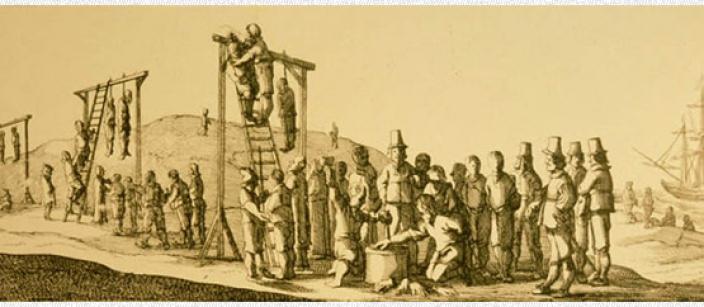
Pelsaert, during this test period, diligently set about recovering the items stolen by the mutineers. He besides had divers from Gujarat recover what valuables they could from the Batavia crash locate.
Read more: Should You Buy CTRM Stock?
On 5th December 1629, Sardam returned to Batavia with the remaining survivors, and the salvage cargo of coins and jewels. The lesser offenders, who had been flogged, keelhauled, and dropped from the yard arm as punishment on the voyage base, were executed .
Wiebbe Hayes and some of his men were promoted for resisting the mutineers. Hayes was made Sergeant and the others Corporals, positions which carried a higher wage, of course .
In the end, after it was all over and all mutineers had been executed, only approximately 116 Batavia survivors remained animated ( not including desertions, deaths, births, or any unknown extra passengers ). The Batavia tragedy was a awful incidental in the history of Dutch travel and trade wind along the western Australian seashore, and is a narrative that has been kept alive for about four hundred years .
